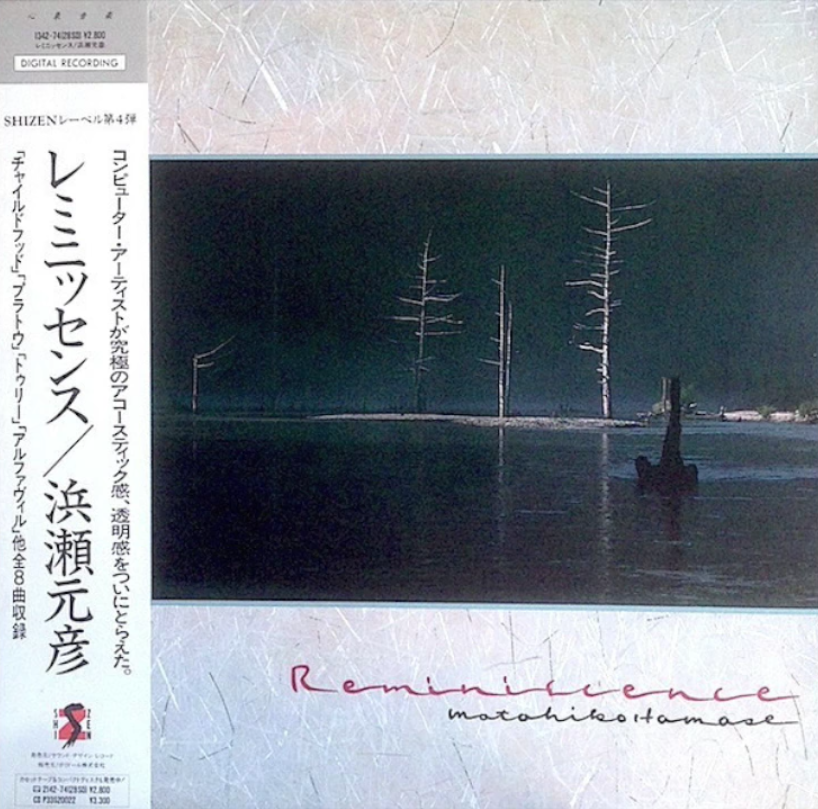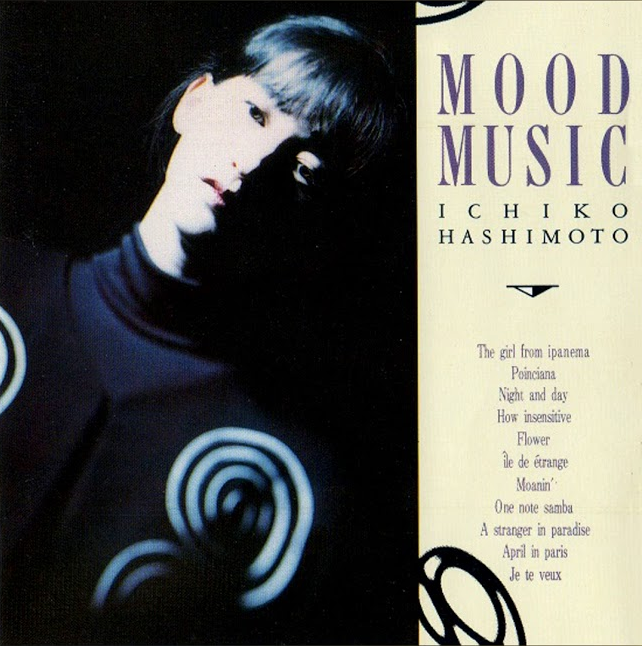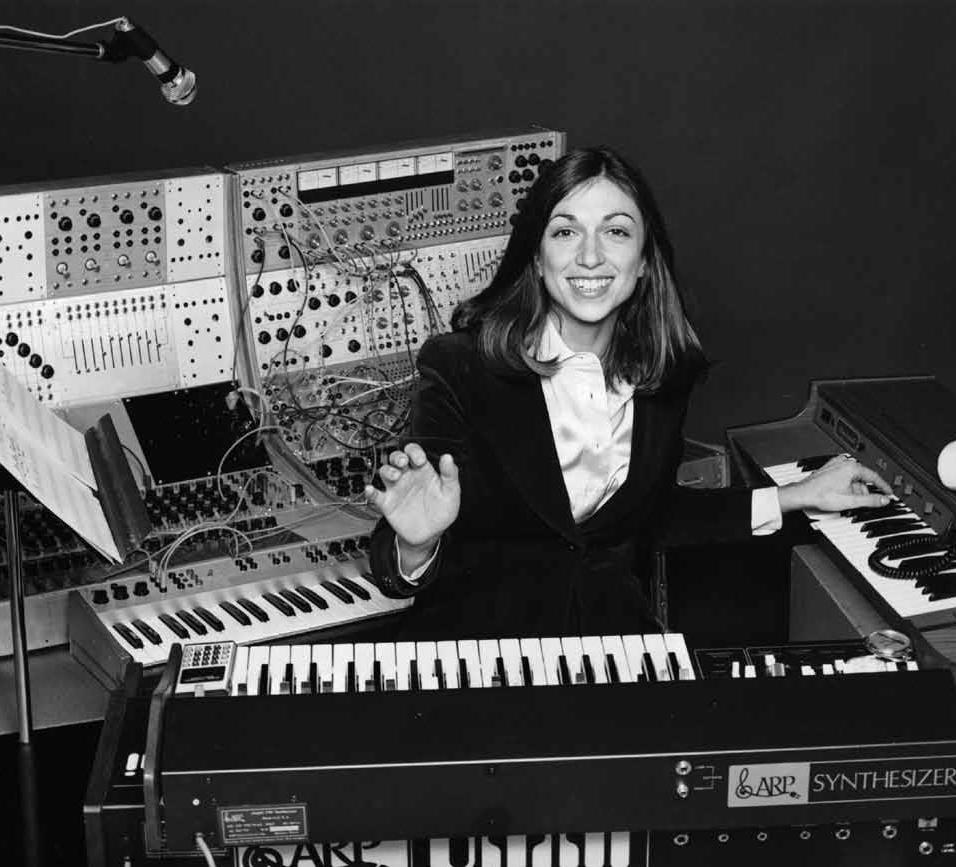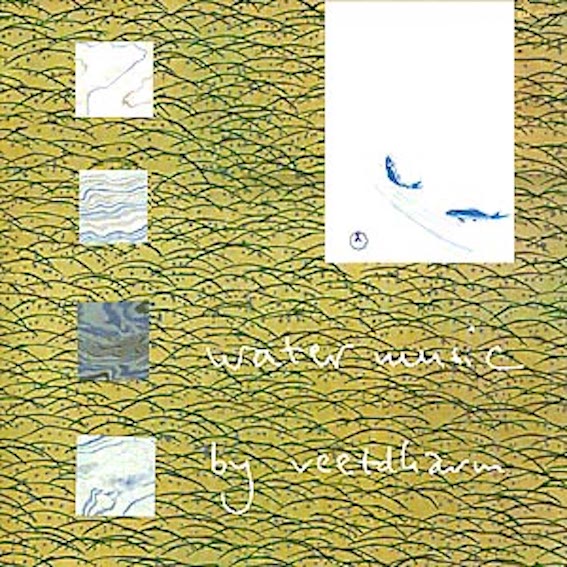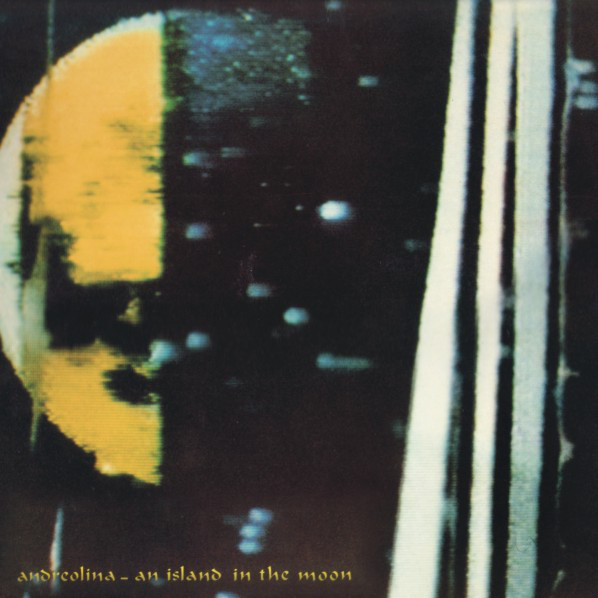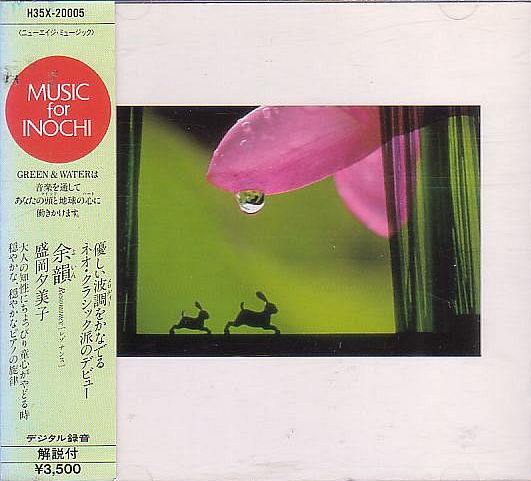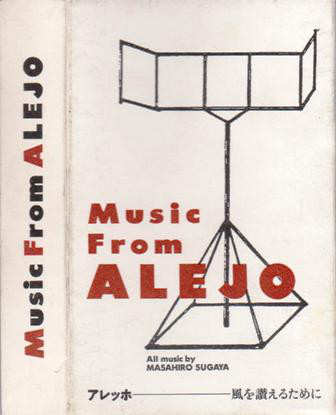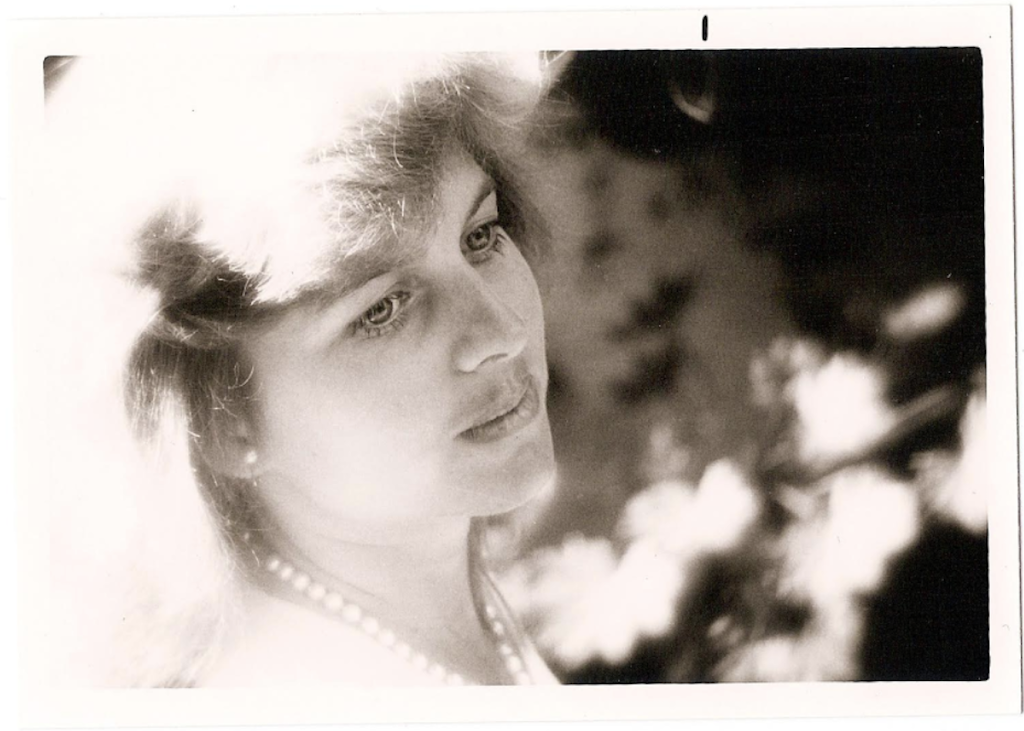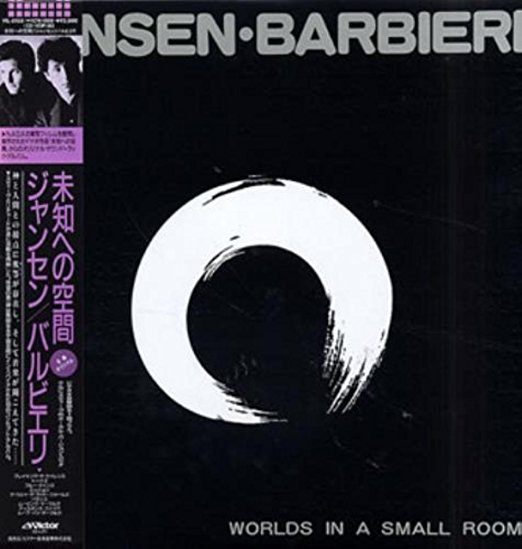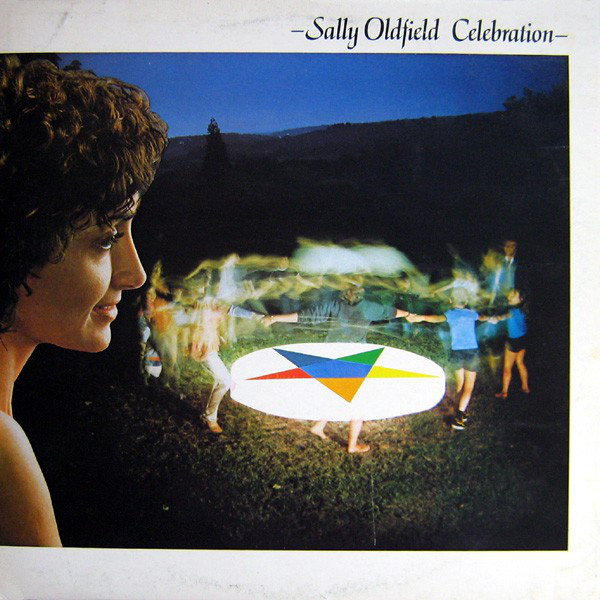
Such a cool record. There’s a lot here for Kate Bush fans: expertly written bombastic and theatrical piano-driven pop-rock. A prolific songwriter, pianist, and singer, Oldfield has an excellent sensitivity to groove, which shows up on Celebration as driving four-on-the-floor disco in opener “Mandala,” breezy reggae-lite on “Celebration,” and tropical lounge-jazz on stunner “Blue Water” (it’s previewed below; wait for the break about four minutes in–I promise you’ll be glad you did). Smoldering sunset slow-jams like “Morning of My Life” and closer “Love Is Everywhere” are too gut-wrenching and powerful to read as saccharine piano ballads, even though that’s sort of what they are–she’s just that good. Marked by her signature restless vibrato, Oldfield’s voice is a daredevil, taking acrobatic leaps and jumps effortlessly, but with a distinctive conviction in every choice she makes.
Sally Oldfield is also sister to Mike Oldfield, with whom she made a very renn fayre-core baroque folk record in 1968 overseen by Mick Jagger under the name The Sallyangie, recorded when she was 21 and Mike was just 15. The project was a complete flop, so obviously I completely love it. Since then, her solo catalogue has grown enough that I still haven’t heard quite a bit of it–a few years ago I had a bad time with one of her records and never bothered to venture further into her work after that, but Peter (thanks Peter) recently encouraged me to give her another shot, and I’m so glad he did. Since then I’ve also developed crushes on her swooning Celebration follow-up Playing In The Flame, which will probably show up here eventually, and her late 80s record Femme, which, given its massive stadium pop-rock quality, probably won’t show up here. I’ve also developed a crush on this outfit. I hope there’s something here for you to connect with as well!
